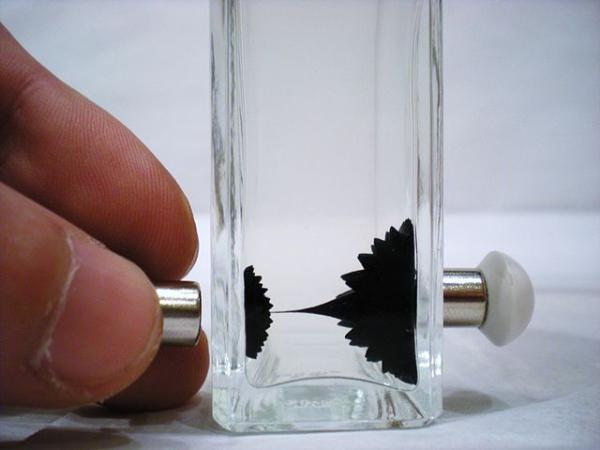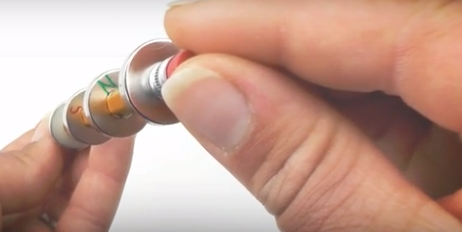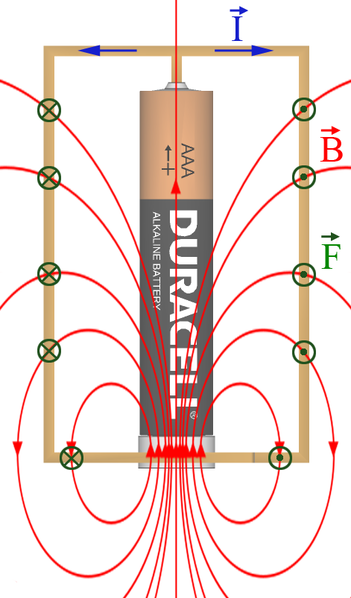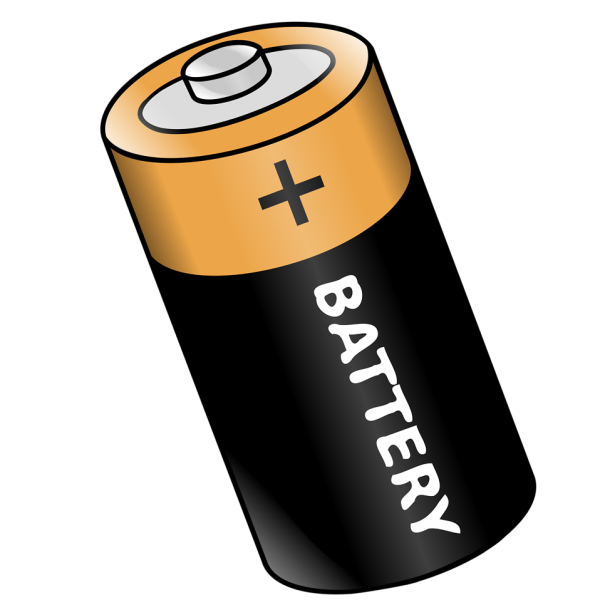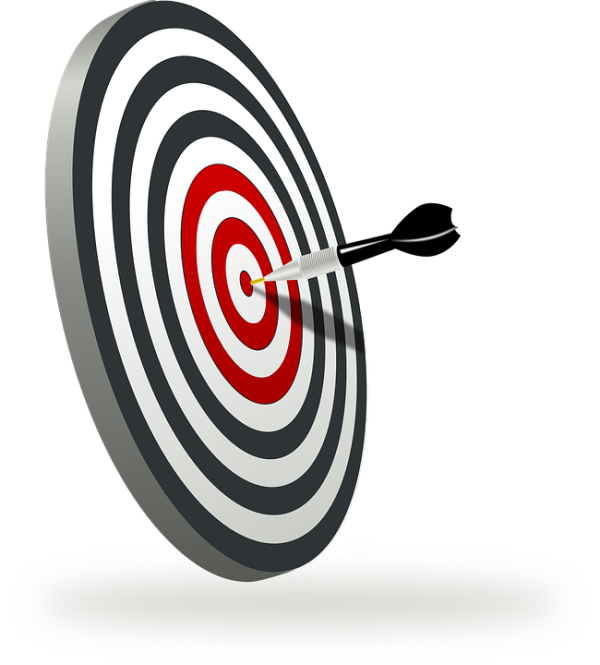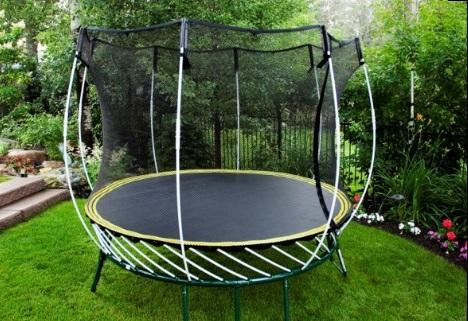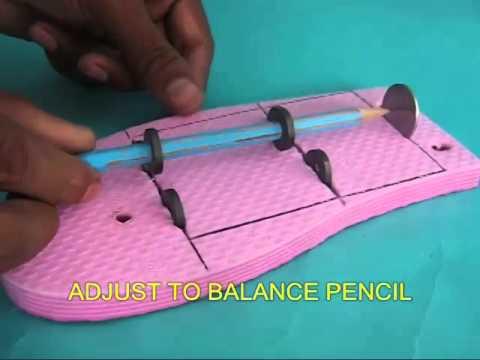Magnet Experiments
-
DIY Magnetic Field Bottle
It seems like there is no end to what you can do with magnets! Here’s a simple DIY for making a magnetic field sensory bottle. This little guy is a cool desk accessory for the office as well as great way to demonstrate the powers of magnetism. Continue reading → -
5 Cool Magnetic Science Experiments
Magnets are useful tools for DIY projects and crafts. They also make fun science experiments! Whether you’re learning about magnetism or experimenting with different types of magnets for a project, check out these five experiments and demonstrations from our YouTube channel: Continue reading → -
Science Experiment: Dancing Magnet Motor
Whether you’re interested in science, art, dancing, or a combination of all three, you’ll love this science experiment. With powerful magnets and copper wire, you can upcycle a battery while also learning about homopolar motors and the Lorentz force. Get started! Continue reading → -
DIY Homopolar Motor
The homopolar motor is one of the simplest electric motors. They use electromagnetism to support motion and were developed by Michael Faraday in the 1800’s. Homopolar force can be explained using the Lorentz force. This force is caused by electric currents and magnetic fields that are perpendicular to each other, causing rotation. In one of our past blogs, we showed you how to make a similar homopolar motor. The one we are designing today uses two magnets to create forward propelling motion instead of spinning. This motor will act like a small car, moving forward when placed properly. To get started with your DIY magnet car, you’ll need some supplies you can probably find in your kitchen, along with some magnets, of course! Continue reading → -
DIY Magnetic Dart Launcher
We can trace the existence of darts to as early as the 1500’s, when King Henry VIII wanted his archers to be able to practice aim year round. Today, the game can be found in bars and pubs across the world. Now, you may have seen magnetic darts in stores, but none quite like this. Rather than using a dart with its point replaced by a magnet and throwing it at a magnetic pad, YouTuber Magnetic Games has used the power of magnetism to load and shoot the traditional sharp darts. Now this DIY is NOT recommended for children, but you may feel like a kid again with how fun it is. Continue reading → -
DIY Magnet Trampoline
The basics of positive and negative force can be difficult to understand without hands on experience. That’s why playing with magnets is not only fun, but also educational! An extremely enjoyable and slightly addictive way to do this is by creating a magnet trampoline. Continue reading → -
St. Patrick's Day Science Experiment
St. Patrick’s Day is usually associated with lucky clovers, leprechauns, and gold at the end of rainbows. Unfortunately, gold is not magnetic so it’s more difficult to find even when using a rainbow as a map. What metals are magnetic? Here’s a fun St. Patrick’s Day-themed science experiment you can try to determine what materials have magnetic properties and how they move through different density’s when a magnetic field is applied: Continue reading → -
DIY Diamagnetism Experiment
Diamagnetism is a magnetic property first discovered in 1778 by Dutch scientist Sebald Justinus Brugmans. He discovered the property while using bismuth and antimony and realized they were repelled by magnetic fields. It wasn’t until 1845 that English scientist Michael Faraday named the property diamagnetism while studying elements and compounds that exhibited negative magnetism, meaning they were pushing away from the magnet. In layman's terms, diamagnetism is a property that every element possesses, which causes a weak repulsion from a magnetic field. In contrast, some elements also possess ferromagnetism and paramagnetism, which causes them to be strongly attracted or repulsed by the magnetic field. To show diamagnetism, you can use a DIY magnet experiment with a common everyday food, grapes, to show small repulsion when exposed to a strong rare earth magnet. This experiment will only work with neodymium magnets because of the strong magnetic field they produce. Continue reading → -
Magnetic Science Experiment
Neodymium magnets are not only useful for organizing clutter or making crafts, but also for demonstrating the unique properties of magnetism and magnetic fields. If you’re looking for an easy and fun science experiment, check out this magnetic tutorial for a hollow pyramid with a ring magnet: Continue reading → -
DIY Levitating Pen
Today, people use their keyboards to write more often than they use pens or pencils. If that doesn’t stop you from buying nice new pens, here’s a high-tech way you can display your favorite writing utensil using magnetic levitation: Continue reading →

